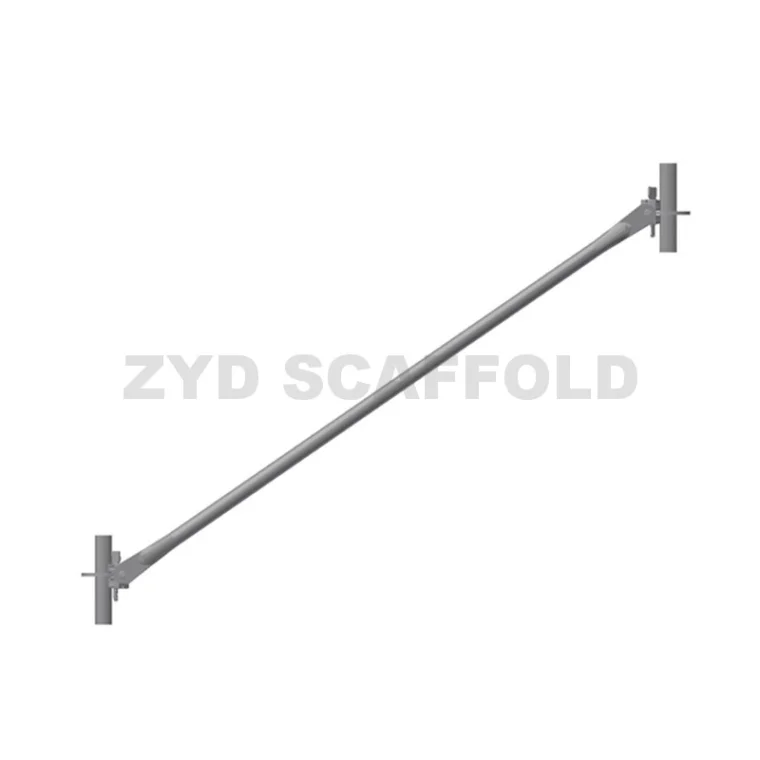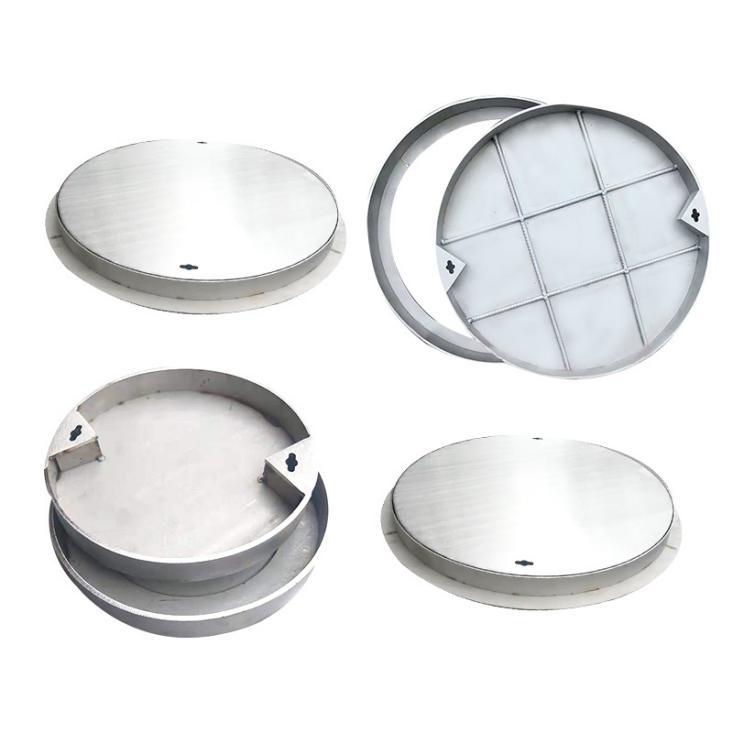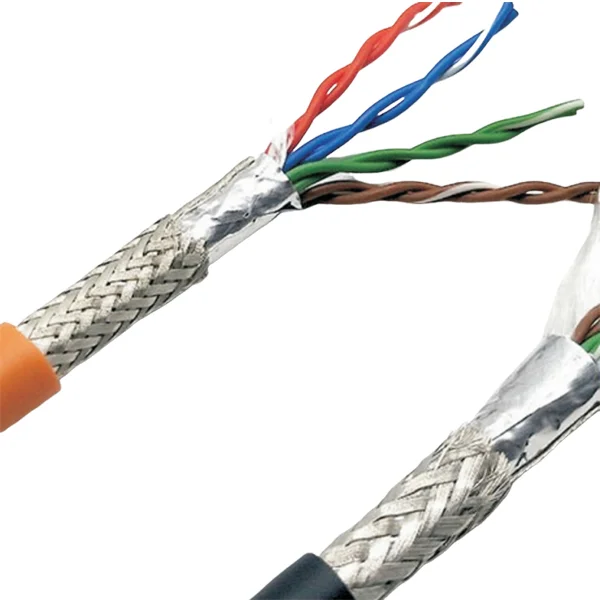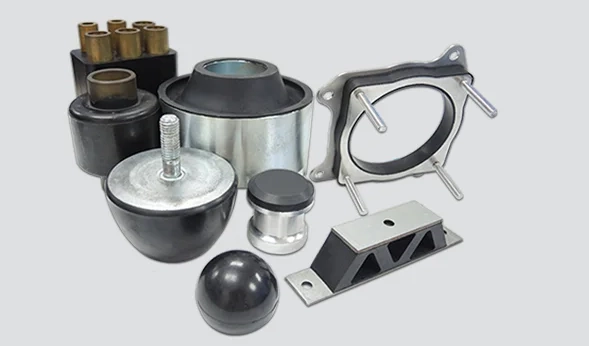When it comes to constructing durable and long-lasting structures, the choice of materials is crucial. Block mortar, a fundamental component in masonry construction, heavily relies on the quality of sand used. In this article, we delve into the world of sand, exploring its properties and characteristics to determine the best sand for block mortar. Whether you're a professional builder or a DIY enthusiast, this comprehensive guide will equip you with the knowledge to make informed decisions and achieve exceptional results.
- Understanding the Role of Sand in Block Mortar:
Block mortar acts as a binding agent, holding together individual masonry units. Sand, as a key ingredient, provides several essential functions, including:
a) Filling voids: The irregular shape and size of sand particles allow them to fill gaps between blocks, enhancing the overall strength and stability of the structure.
b) Water retention: Sand helps retain moisture within the mortar, aiding in proper curing and preventing premature drying.
c) Workability: The right sand texture ensures easy workability, allowing for smooth application and efficient construction.
- Key Factors to Consider:
To identify the best sand for block mortar, it is essential to evaluate the following factors:
a) Particle Size Distribution: Optimal block mortar sand should have a well-graded particle size distribution, including a mix of fine, medium, and coarse particles. This balance ensures proper compaction and reduces the risk of shrinkage cracks.
b) Shape and Texture: Angular or sub-angular sand particles with rough surfaces provide better interlocking, enhancing the overall strength of the mortar.
c) Cleanliness: Sand free from impurities such as clay, silt, and organic matter is crucial to prevent potential issues like efflorescence and reduced bond strength.
- Types of Sand for Block Mortar:
a) Concrete Sand: This type of sand, also known as sharp sand or coarse sand, is commonly used in block mortar due to its high strength and durability. It possesses the ideal particle size distribution and angular shape, ensuring excellent bonding properties.
b) Mason Sand: With its finer particle size, mason sand offers improved workability and is often preferred for applications where a smoother finish is desired. However, it may require additional additives to enhance its strength.
c) Play Sand: While play sand may seem tempting due to its availability and affordability, it is not suitable for block mortar. Play sand is typically too fine and lacks the necessary properties for structural integrity. - Testing and Selection Process:
To ensure the sand meets the required standards, consider the following tests:
a) Gradation Analysis: Conducting a sieve analysis helps determine the particle size distribution, ensuring it falls within the recommended range.
b) Sand Quality: Assess the sand for impurities, such as clay or organic matter, through visual inspection and sedimentation tests.
c) Field Testing: Perform trial mixes using different sand types to evaluate workability, strength, and overall performance.
Conclusion:
Selecting the best sand for block mortar is a critical step in achieving durable and structurally sound masonry construction. By considering factors such as particle size distribution, shape, and cleanliness, and by conducting appropriate tests, you can make an informed decision. Remember, concrete sand and mason sand are the most suitable options, while play sand should be avoided. By adhering to these guidelines, you can ensure the longevity and strength of your block mortar structures, setting the foundation for successful construction projects.






